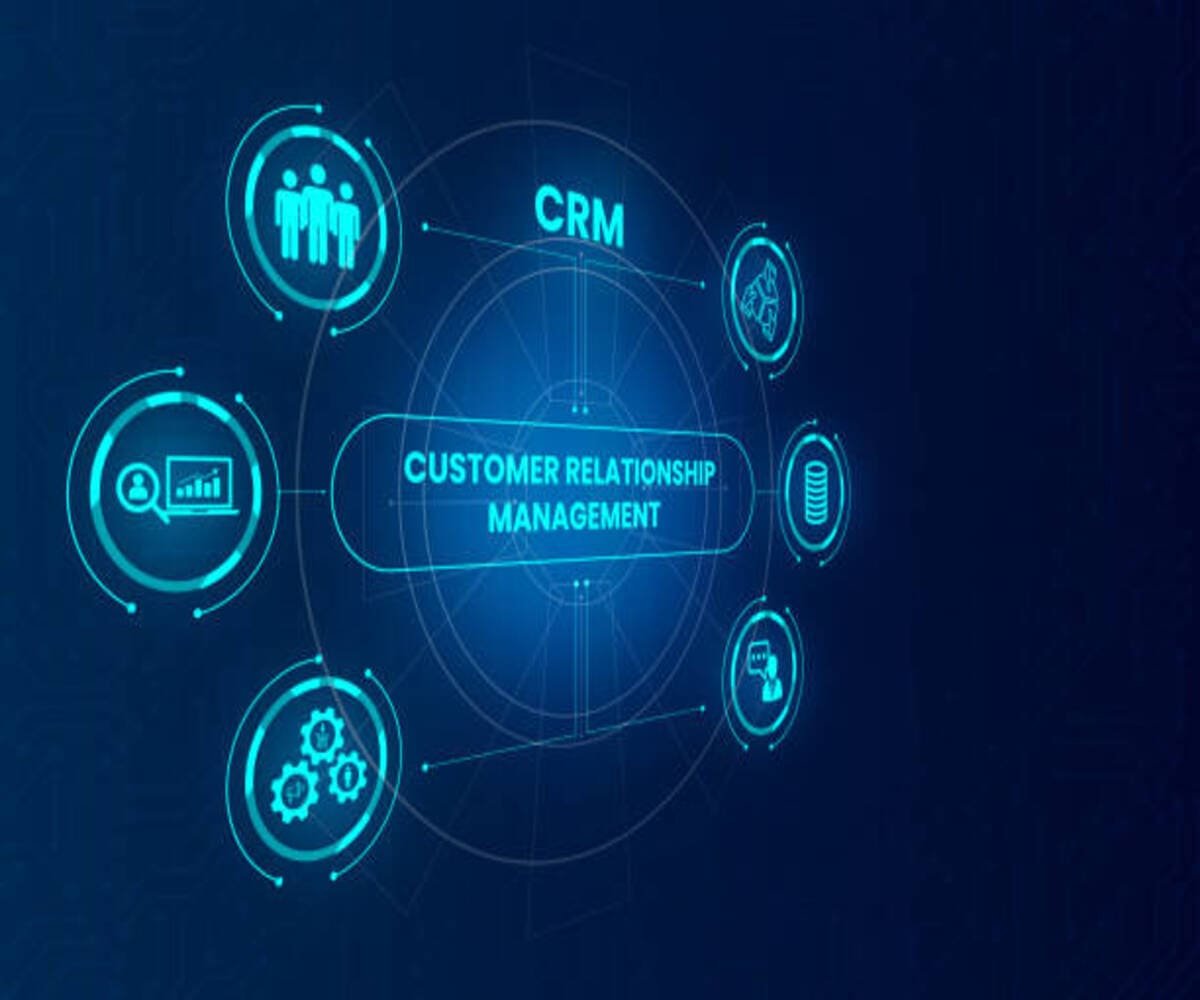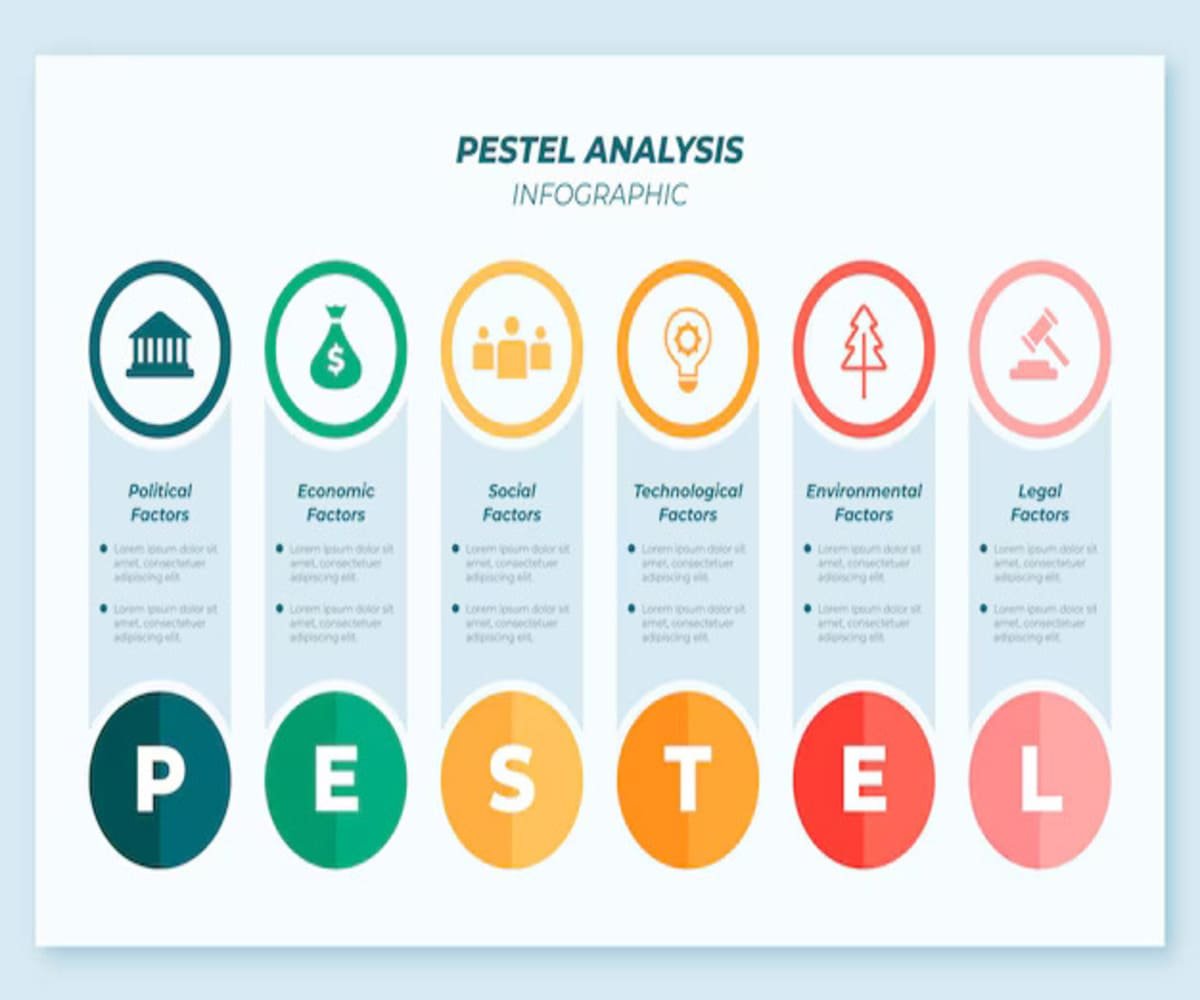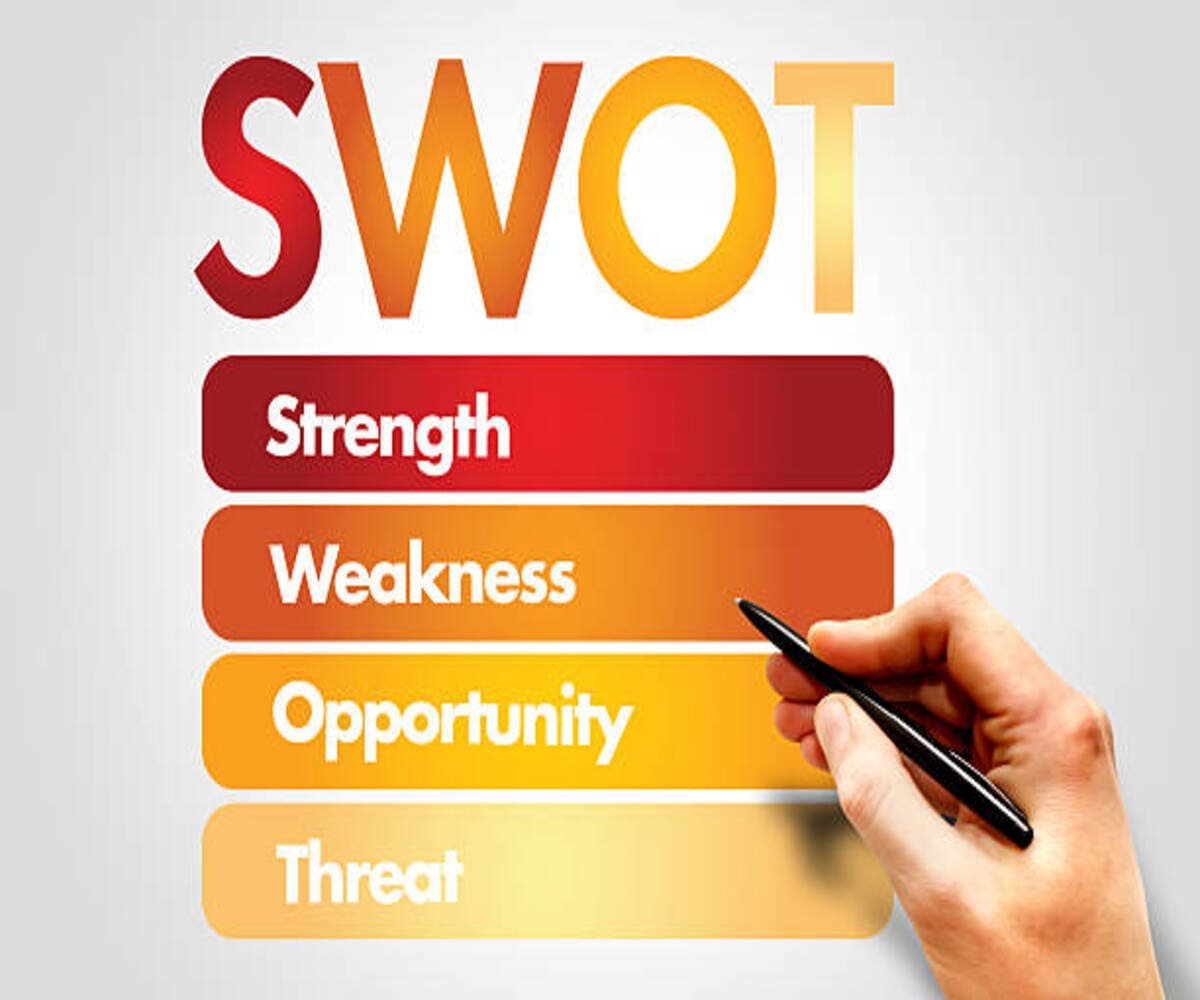Introduction
Marketing and sales are two essential functions in any business, often working together to drive growth and revenue. While they share common goals, they have distinct roles and processes. Understanding the key differences and overlaps between marketing and sales helps businesses develop a seamless strategy for customer acquisition and retention.
This guide explores the fundamental differences, similarities, and best practices to align marketing and sales for business success.
1. Definition and Core Functions
What is Marketing?
Marketing focuses on attracting, engaging, and nurturing potential customers before they make a purchase decision. It involves strategic planning to create brand awareness and generate leads.
Key Functions of Marketing:
- Conducting market research to understand customer needs.
- Developing branding and messaging strategies.
- Creating content marketing, SEO, and advertising campaigns.
- Engaging customers through social media, email, and digital marketing.
- Generating and nurturing qualified leads for the sales team.
What is Sales?
Sales involves direct interaction with potential customers to close deals and drive revenue. The goal is to convert marketing-generated leads into paying customers.
Key Functions of Sales:
- Engaging with prospects through calls, emails, and meetings.
- Presenting solutions and product demonstrations.
- Negotiating terms and handling objections.
- Closing deals and ensuring customer satisfaction.
- Building long-term customer relationships.
2. Key Differences Between Marketing and Sales
| Factor | Marketing | Sales |
|---|---|---|
| Focus | Creating awareness and generating leads | Converting leads into customers |
| Timeline | Long-term strategy | Short-term, deal-focused strategy |
| Audience | Larger, broad audience | Targeted, specific prospects |
| Approach | Inbound (attracting potential customers) | Outbound (direct outreach to prospects) |
| Success Metrics | Website traffic, engagement, lead quality | Conversion rates, revenue, deal closures |
3. Areas of Overlap Between Marketing and Sales
Although marketing and sales have distinct roles, they must collaborate for a successful business strategy.
1. Lead Generation & Nurturing
✔ Marketing generates leads through SEO, paid ads, and content marketing.
✔ Sales qualify leads and engage them with tailored solutions.
2. Customer Relationship Management (CRM)
✔ Both teams use CRM tools (e.g., Salesforce, HubSpot) to track customer interactions. ✔ Data insights help personalize communication and improve the customer journey.
3. Brand Messaging & Positioning
✔ Marketing creates consistent brand messaging through ads and content. ✔ Sales reinforce messaging in direct conversations with potential buyers.
4. Feedback Loop for Continuous Improvement
✔ Sales provide customer insights to refine marketing strategies. ✔ Marketing adjusts campaigns based on sales feedback on lead quality.
4. How to Align Marketing and Sales for Business Growth
1. Implement Shared Goals and KPIs
✔ Define common objectives like lead conversion rates and customer retention. ✔ Use data analytics to measure success and make adjustments.
2. Improve Communication Between Teams
✔ Hold regular meetings to discuss progress and challenges. ✔ Encourage collaboration on campaigns, lead handoffs, and customer feedback.
3. Utilize Automation & Technology
✔ Use CRM software to streamline workflows. ✔ Leverage email automation, chatbots, and AI-driven analytics to improve engagement.
4. Focus on the Customer Journey
✔ Ensure a seamless experience from marketing touchpoints to sales interactions. ✔ Address customer pain points with a unified approach.
Conclusion
Marketing and sales play distinct but interconnected roles in business success. While marketing focuses on generating leads and brand awareness, sales convert prospects into loyal customers. Aligning these functions through shared goals, communication, and technology ensures a seamless customer experience and maximizes revenue growth.
Enhance Your Sales & Marketing Strategy with SignifyHR
At SignifyHR, we help businesses bridge the gap between marketing and sales through strategic alignment and innovative solutions. Contact us today to optimize your business growth!










